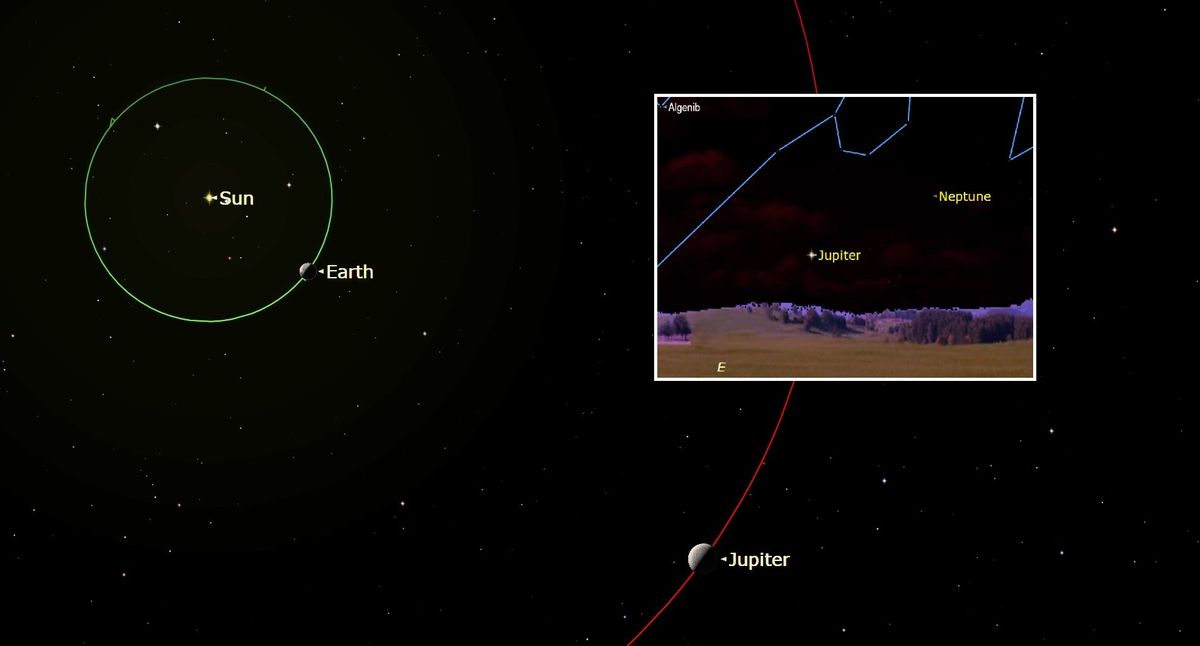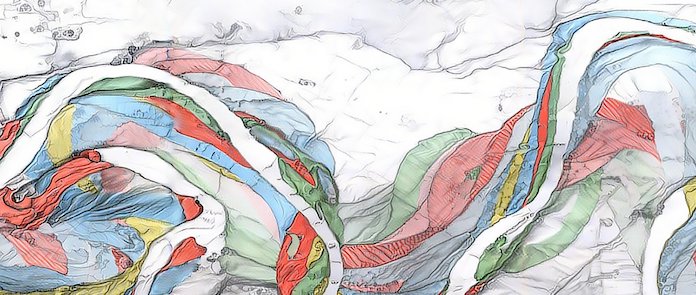Scientists have discovered light behind the black hole,
proving Einstein’s theory correct! Researches have now been able to see the
light being ejected from behind a supermassive black hole, 800 million
light-years away from Earth. According to a study, these light waves are called
“echoes” and were detected in the form of X-rays. Years ago, Albert Einstein
predicted through his Theory of General Relativity that the gravitational pull
of black holes could be so powerful that they can crumple magnetic fields and
bend light waves right around them, not just confine them.
As claimed by Einstein, it is possible to see light wavelets ejected out of the black hole’s backside, and that theory has finally been proven correct.
Black holes were initially considered to be empty, hollow
spaces. However, the theory was later predisposed when researchers conducted a
more detailed analysis and found that a black hole is a very tiny area packed
with a significant amount of matter. Think of it as a star that is ten times
bigger than the Sun squeezed into a sphere size of a big city. This compression
forms a powerful gravitational pull that even light cannot escape.
Previous researches have proven that light waves bend around
a black hole. However, this was the first time scientists discovered light
waves emerging from the other side of a black hole. A Stanford University
astrophysicist, Dan Wilkins and study’s coauthor, said that any light that goes
into the black hole doesn’t come out, “So, we shouldn’t be able to see anything
that’s behind the black hole. The reason we can notice that is because the
black hole is warping space, bending light and twisting magnetic fields around
itself.”
Wilkins used a special high-power X-ray telescope to study
the black hole at the centre of the spiral galaxy, Zwicky 1. In the form of
X-rays, they found that light was being ejected out of the black hole’s backside.
These bright light flares are not unusual because although light cannot escape
a black hole, the massive gravity around it can heat the material to millions
of degrees. This can release X-rays and radio waves. At times, this
super-heated material is hurled out into space by rapid jets, including X-rays
and gamma rays.
However, Wilkins noticed smaller flickers of X-rays that
occurred later and were different colours. Also, they were coming from the far
side of the black hole.
“Fifty years ago, when astrophysicists speculated about how
the magnetic field might behave close to a black hole, they had no clue that
one day they might have the right equipment to observe this directly and see
Einstein’s general theory of relativity in action,” said Roger Blandford study
coauthor, in a statement.
Einstein’s theory, or the notion that gravity is a matter
warping space-time, has persisted for a hundred years as new astronomical
discoveries have been made.




.png)





